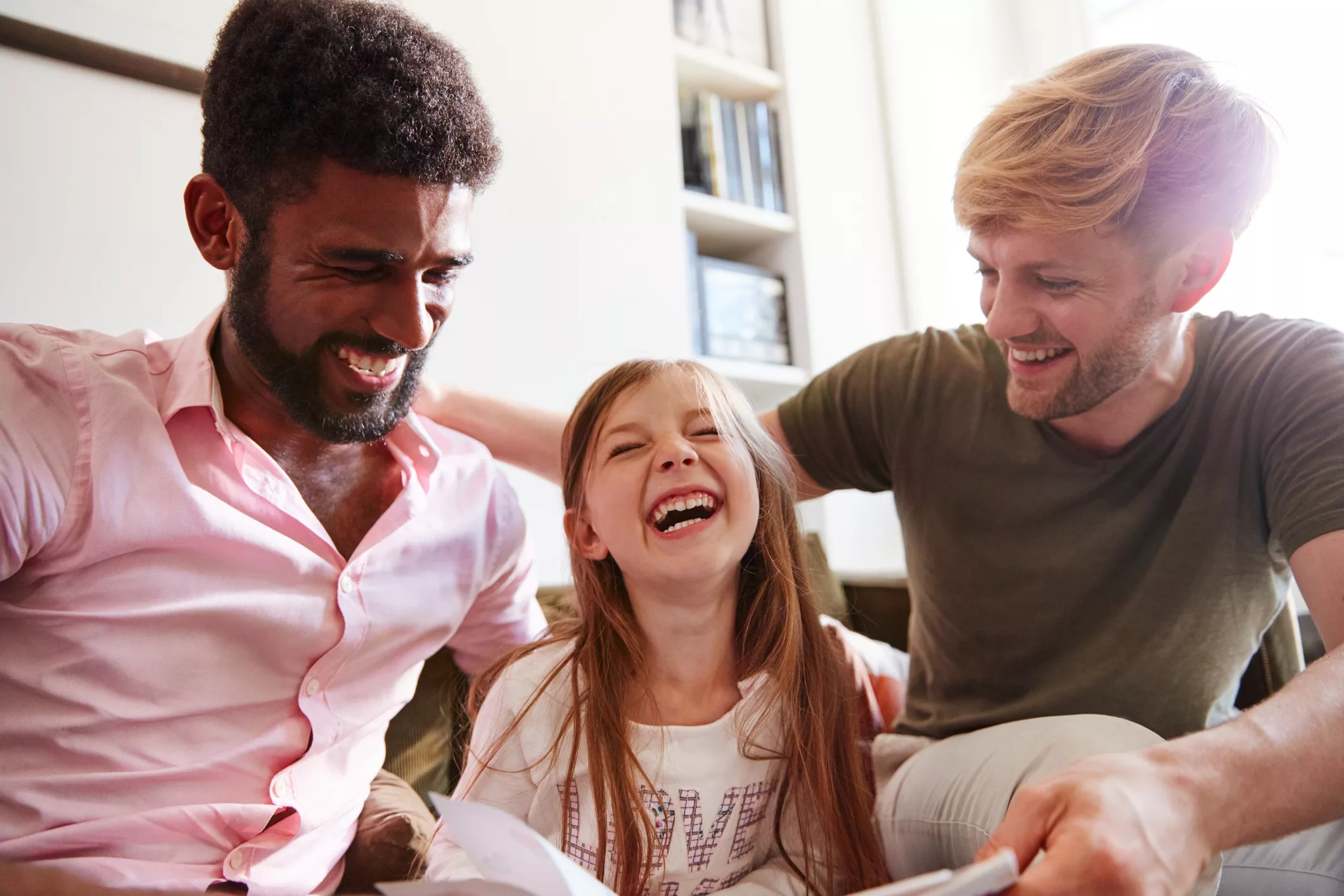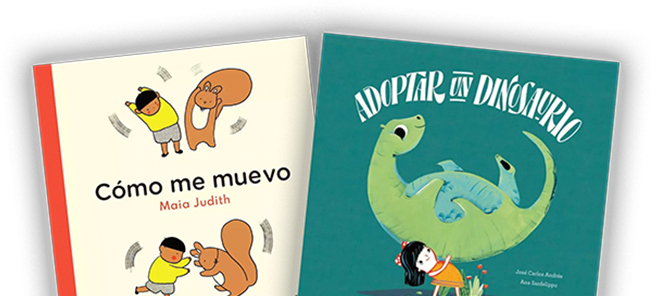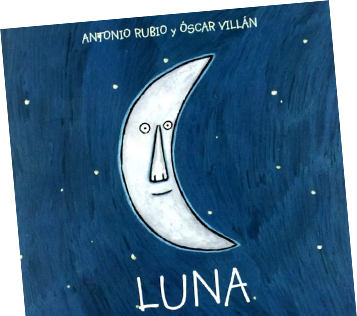
Building a library for your child is a wonderful way to expand their imaginations and foster literacy at home. It can be a refuge when it’s filled with books that celebrate their cultural identity, or it can help introduce a broader worldview, discovering voices, places, and people from around the globe who may look and sound different but are connected by human emotions and experiences.
Pretty cool, right? But with many families tightening their budgets in 2023, it can be a challenge to deliver a constant diet of new books to your pequeño lector. What to do?
The answer is simple: rereading! Repeating beloved stories is quite wonderful for kids’ memories, vocabularies, and language acquisition.
In this guide, we’ll explore several tips for making your child’s personal library a timeless collection they’re eager to experience over and over again.
Is it good for kids to reread books?
Absolutely! Just as children improve language through repetition, the same theory applies whenever they reread books. Whether they’re narrating themselves or listening to you read, experiencing the same story multiple times always brings new discoveries.
Rereading helps children develop larger vocabularies as they grow more familiar with the words and their contexts. They learn patterns, rhythm, and syntax that are important in both written and verbal communication.
When you’re raising a reader, you’re also raising a thinker and speaker. Everything they encounter on the page affects their brain. Kids who read more often tend to do better in school, and have greater attention spans than peers who spend time doing more passive entertainment.

How to Make Rereading Fun
You might notice that your child has a favorite storybook they can listen to over and over again. Or maybe you’re raising a reader who is passionate about a series (hola, Harry Potter), and can’t get enough of their beloved characters.
Rereading comes naturally to kids once they find something they like! And it’s a healthy part of literacy development that will support their love of reading for a lifetime.
When you’re trying to teach your child another language, rereading bilingual children’s books is one of the easiest and most entertaining ways to go. They’ll get so much exposure just by taking in delightful illustrations, great stories, and memorable characters.
Before you can really make the most out of Spanish children’s books (or any other book, for that matter), here are our suggestions for making rereading exciting.
Use Active Reading Strategies
Active reading is the process of engaging with a text while you read it. As an adult, we may highlight passages or take notes. When it comes to reading to kids, the active element becomes engaging.
The key thing to remember is to always keep your child involved in the story. Even as they listen, they can have their ears and eyes tuned in. As you move through each page, try these strategies on for size.
- Ask lots of questions about the text. The conversations can change as your child becomes more familiar with the story.
- Assign a new character each reading for your child to voice.
- Go on a word hunt — give your child a list of words they need to find while you read together.
- With elementary-age kids, take time reading. You can go page-by-page, or even line-by-line for shorter books.
Don’t Worry About Grade Level
While age-appropriate content is important, it’s okay to read books to your child that are above their grade level. In fact, a slightly higher level of writing could even benefit your child more as they grow.
Because they’ll start off only understanding a small portion of the text, there is a lot of opportunity to make rereading more beneficial. As their literacy grows, they’ll discover new things every time they pick up the same book.
Just make sure you summarize any points that may be unfamiliar to your little one the first time around. Once you’re sure they understand the main idea of the text, you can move on to rereads that focus on specific elements of the book.
Do Activities Related to a Story
Pick a book you’re going to reread this week, and find some art projects or fun activities online related to the content. For example, if you’re reading a book that takes place in outer space, talk to your child about it, and then build your own solar system! Here’s a great project kids and adults will love.
If your child is an animal lover, reread a story that casts wild critters as main characters, and then research each species online. You could even plan a trip to the zoo, so your child can see the same animals they read about in real life!
When it comes to Spanish children’s books, there is so much opportunity to connect stories and culture. Read a story that takes place in Mexico, and then help your child make some tortillas.
Or learn about traditional holidays through a book, reading through the story several times throughout the week before having a mini celebration at your casa.
Let Them Take the Lead
Parents of preschoolers may focus heavily on reading books word-for-word each time, but that isn’t always necessary. You can focus on only talking about pictures with children who are happy to plop down on the floor and flip through illustrated books.
If your children are older, ask them to make up their own alternative ending to a book, or stop reading a page half-way, and ask them to imagine what else could happen next.
There are so many ways to engage your children through rereading, and repetition is one of the best ways to enhance their vocabularies and language acquisition.
--
We hope that you and your family have a wonderful time curating a library that your child will cherish. If you’re looking for new Spanish children’s books that are sure to inspire many a re-read, check out our subscription book box options. ¡Feliz lectura!




